Checking in on Pacers-Cavs before Game 5
By meteora3255 1 Comments
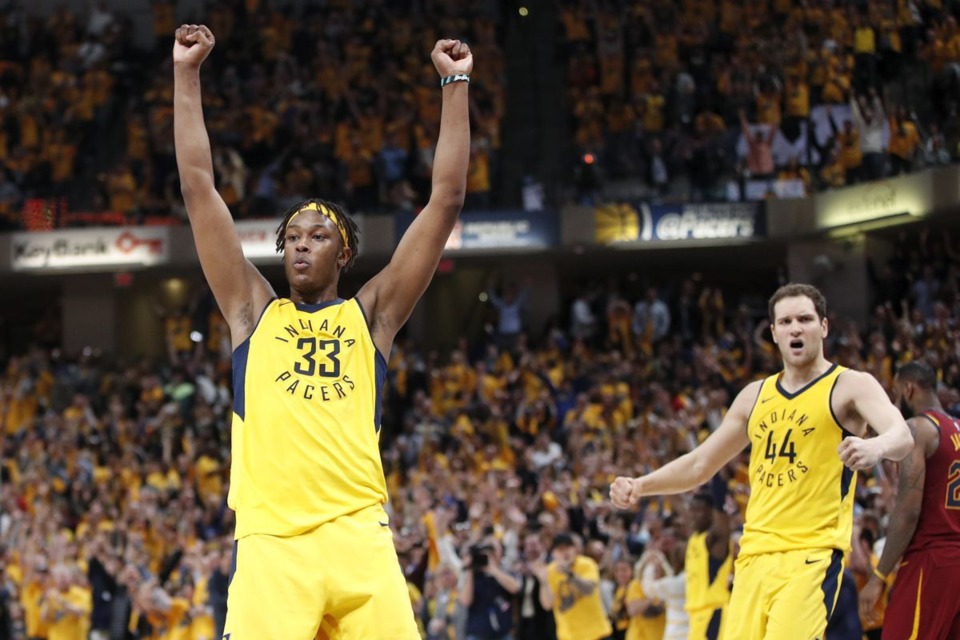
With the series past the halfway point and tied 2-2, it’s a good time to look at what’s happened and where it might lead heading into Wednesday’s pivotal Game 5.
- 175-136. That’s the amount the Pacers have been outscored in the first half in Games 2, 3 and 4. In contrast, the Pacers have outscored the Cavaliers 153-119 in the second halves. Slow starts have hurt the Pacers in this series. While there has been a lot of talk about the Pacers “fight” or how they “never stop,” it glosses over the position the Pacers are in. With just an average start in Games 2 and 4 we are talking about a Pacers sweep and guessing where LeBron heads in free agency.
- After a huge Game 1, Victor Oladipo hasn’t shot the ball well. Since Game 1, he has hit an abysmal 35.8 percent from the field, and that is propped up by his 9-of-18 performance in Game 2. Without that 50 percent game, it plummets to 28.5 percent. His three-point shooting is an even worse 25 percent (6-of-24) after his 6-of-9 performance in Game 1. It’s gotten so bad that in Game 4 the Cavaliers were barely guarding Oladipo from deep. He hit a respectable 37.5 percent (3-of-8) in that game, but the Cleveland will take that over Oladipo driving to the rim or kicking the ball to Bojan Bogdanovic.
- Some of Oladipo’s struggles can be traced to the Cavaliers’ defense. They are aggressively doubling Oladipo whenever he touches the ball on the perimeter. Oladipo has struggled to find the open man or dribble and split the double team. His turnovers are up to 4.5 a game (up from 2.9 in the regular season).
- Oladipo isn’t the only Pacer struggling with his shot; Darren Collison hasn’t had a great postseason. After leading the NBA in three-point percentage (on three attempts per game), Collison is 4-of-15 (26.7 percent) in the playoffs. Many of those have been open looks off kickouts, including several in the corner. In two close losses those missed opportunities are even more painful.
- Bojan Bogdanovic has been fantastic so far in the series on both sides of the ball. Bogey has been given the job of guarding LeBron and so far, he has exceeded expectations. He has done a solid job keeping LeBron in front of him and his size and strength has kept him from being overmatched when James posts up. No one can shut down James, but Bogdanovic has done well enough that the Pacers can stay with Cavs’ shooters.
- The Pacers have chosen to guard LeBron 1-on-1 on almost every possession. So far it has worked better than expected: James has shot under his season average of 54.2 percent in two games (both Pacers wins) and is shooting 28.6 percent from deep. Trusting Stephenson, Bogdanovic and Young to handle LeBron has let the rest of the team attach themselves to Cleveland’s shooters. Kevin Love, the team’s second leading scorer, is only averaging 12 points in this series, and only Love and Kyle Korver are shooting above league average from three.
- While the Pacers’ are justifiably afraid of giving open jump shots to Cleveland’s shooters, they do need to send help sooner when LeBron gets a mismatch. On several positions LeBron has used the pick and roll to get matched up with either Myles Turner or Domantas Sabonis. Indiana’s resistance to send help has given LeBron the opportunity to isolate against the slower defender.
- Myles Turner has stepped up on the offensive end. He is besting his regular season production in points, three-point shooting and field goal percentage. It’s good to see him consistently scoring and impacting the game after an inconsistent regular season.
- It might be time to think about giving Lance Stephenson fewer minutes. Stephenson brings energy and aggression off the bench but it’s value has been questionable. He is still prone to wild drives, careless turnovers and dumb fouls. Lance has only had a positive plus/minus in one game so far this series and while his defense may annoy LeBron it hasn’t been extremely effective.
- Thaddeus Young’s numbers aren’t jumping off the page, but his contributions are huge. He has been the primary defender on Kevin Love in addition to holding his own when switched onto LeBron. His 3.3 offensive rebounds per game usually turn into an easy put back and he continues to prowl passing lanes, forcing steals and deflecting passes. He has been a fantastic glue guy, filling in wherever the team needs him.
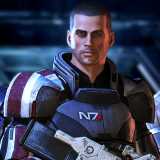
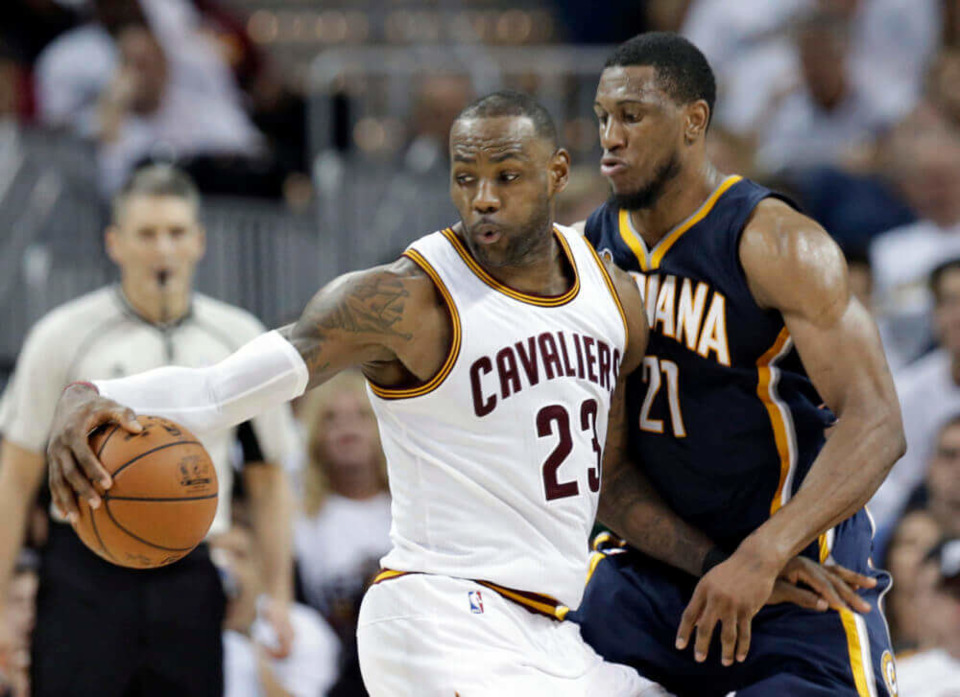

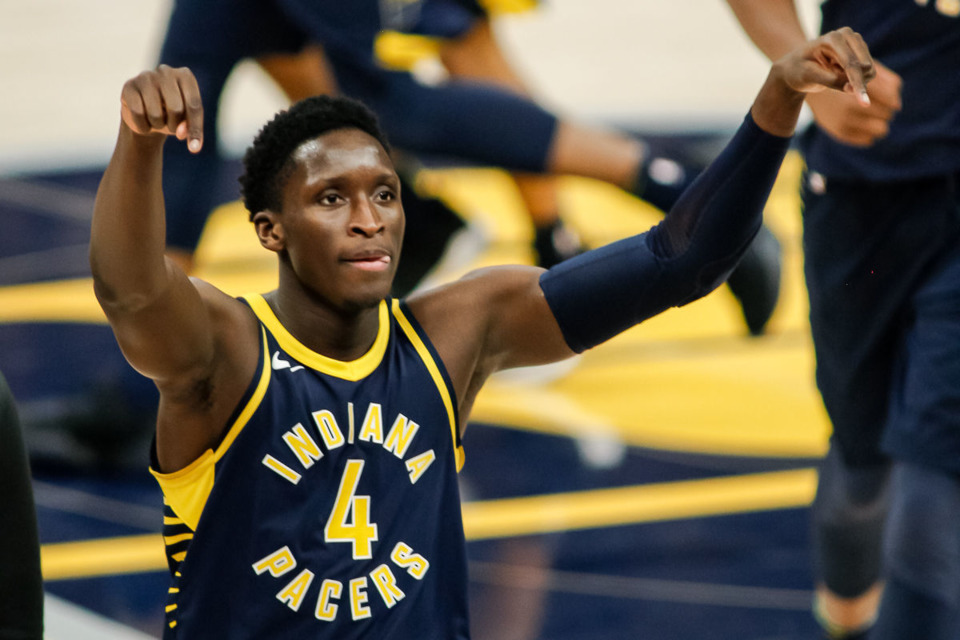

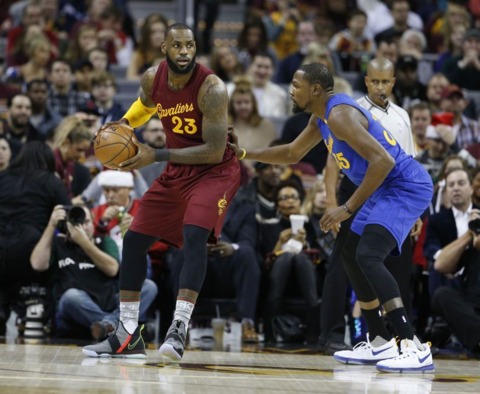

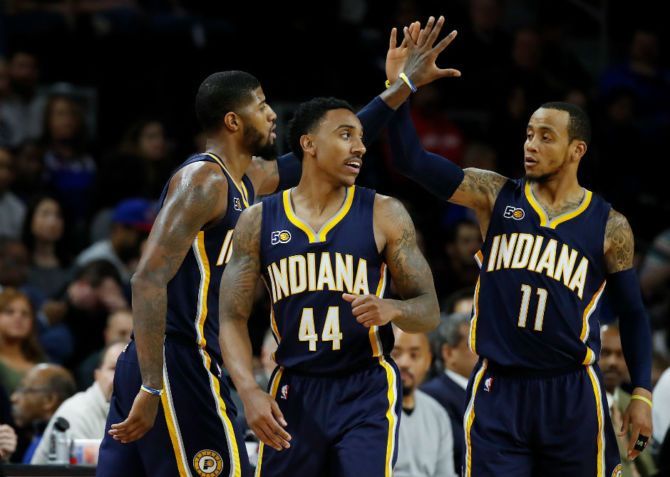

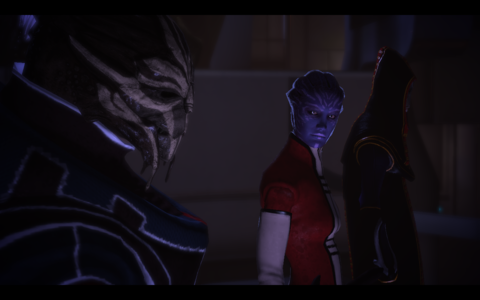
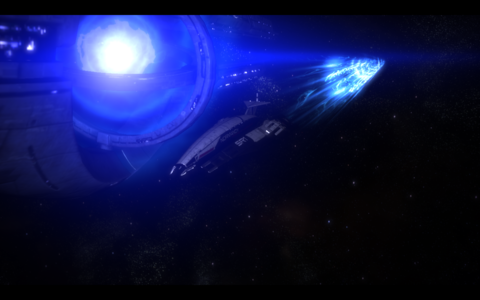
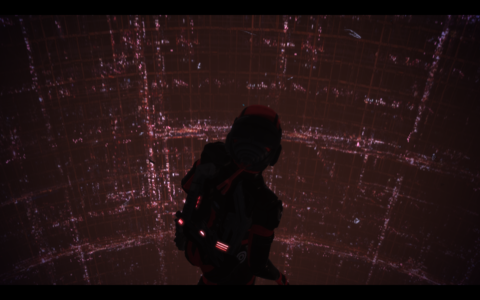
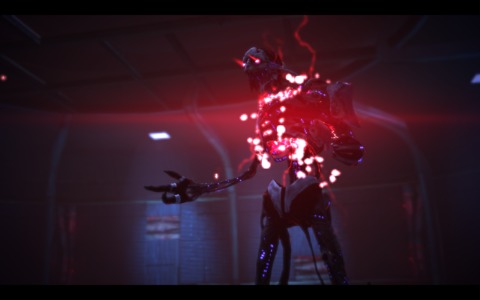

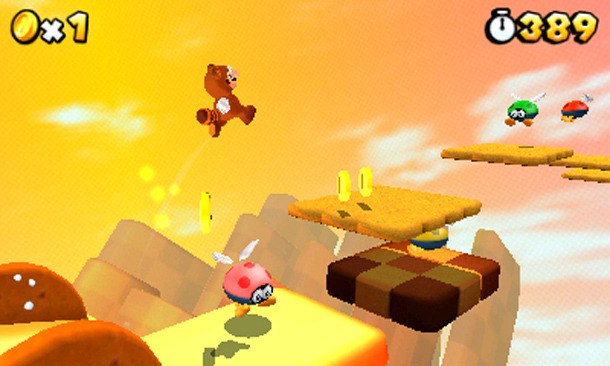
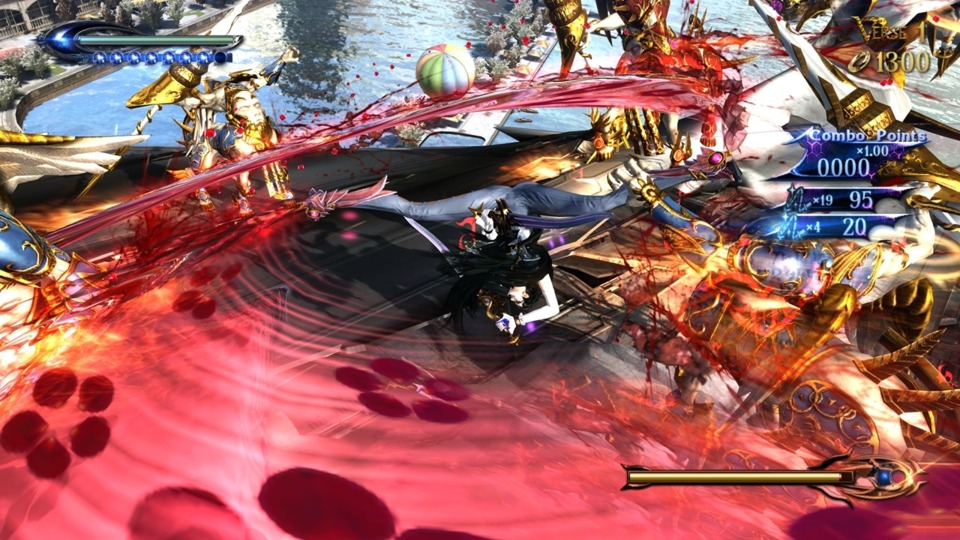

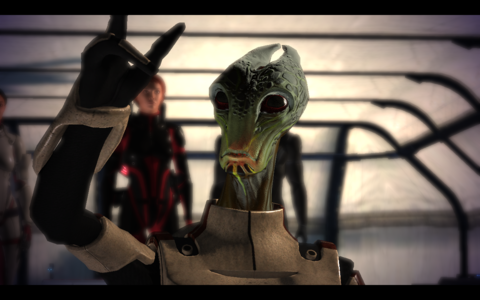
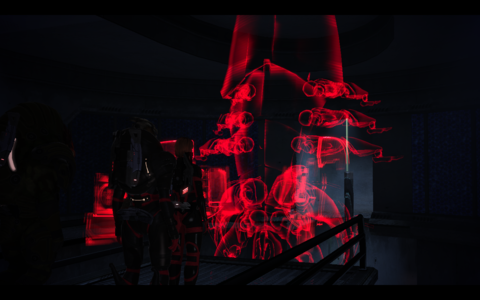
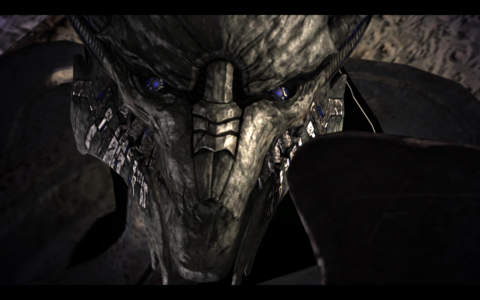
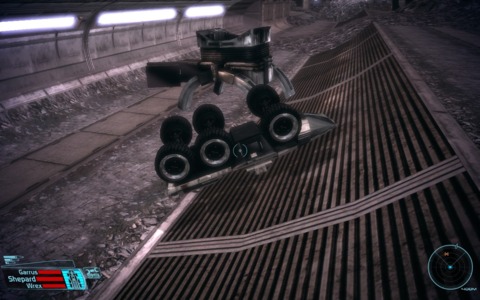
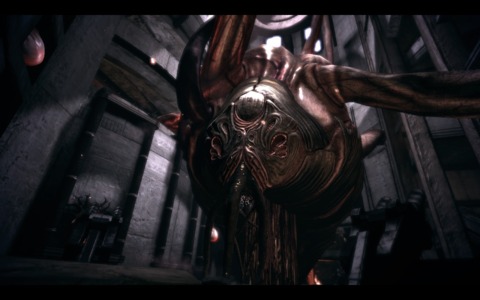
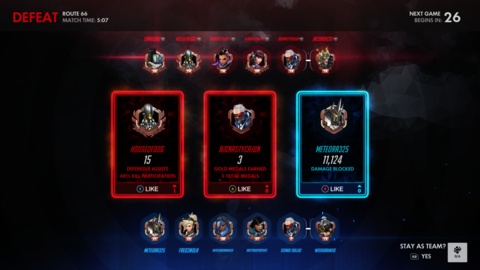
Log in to comment